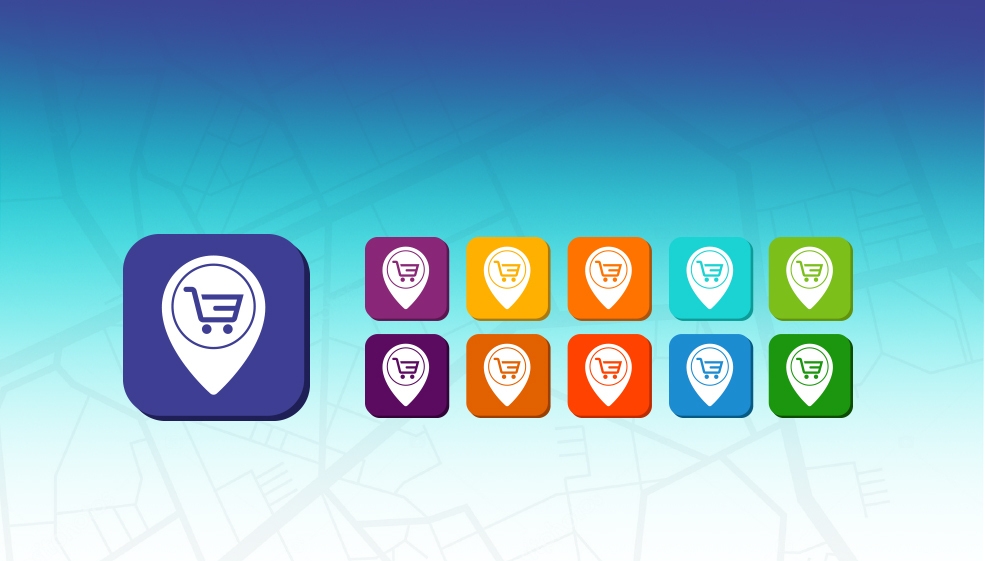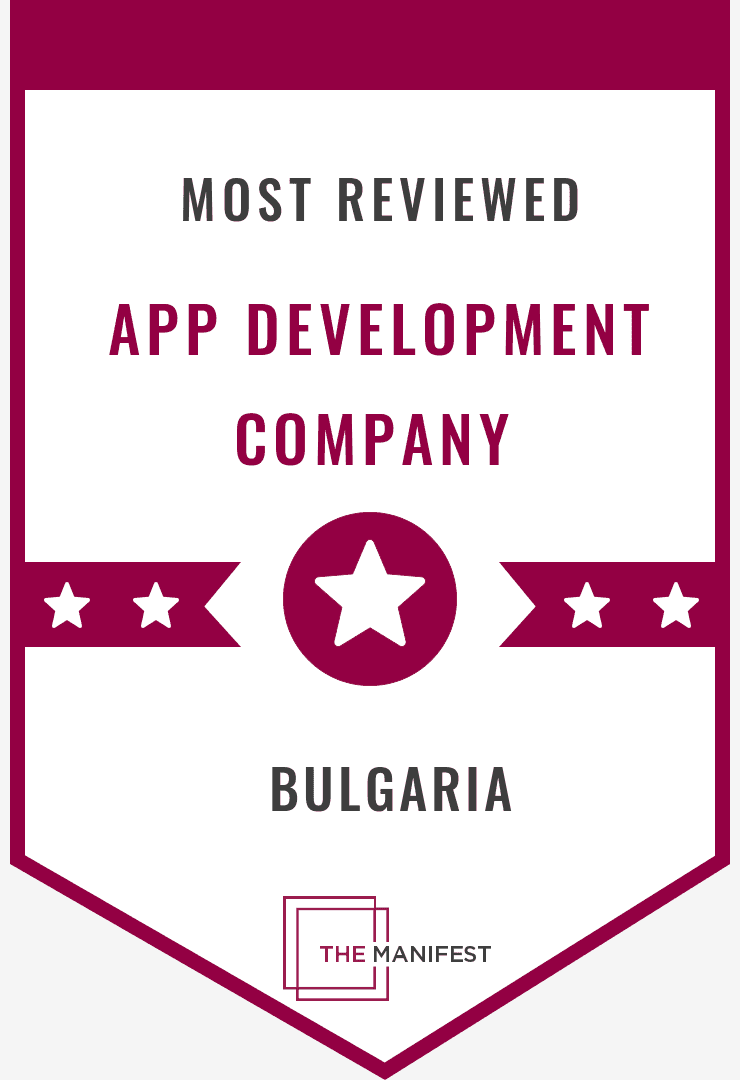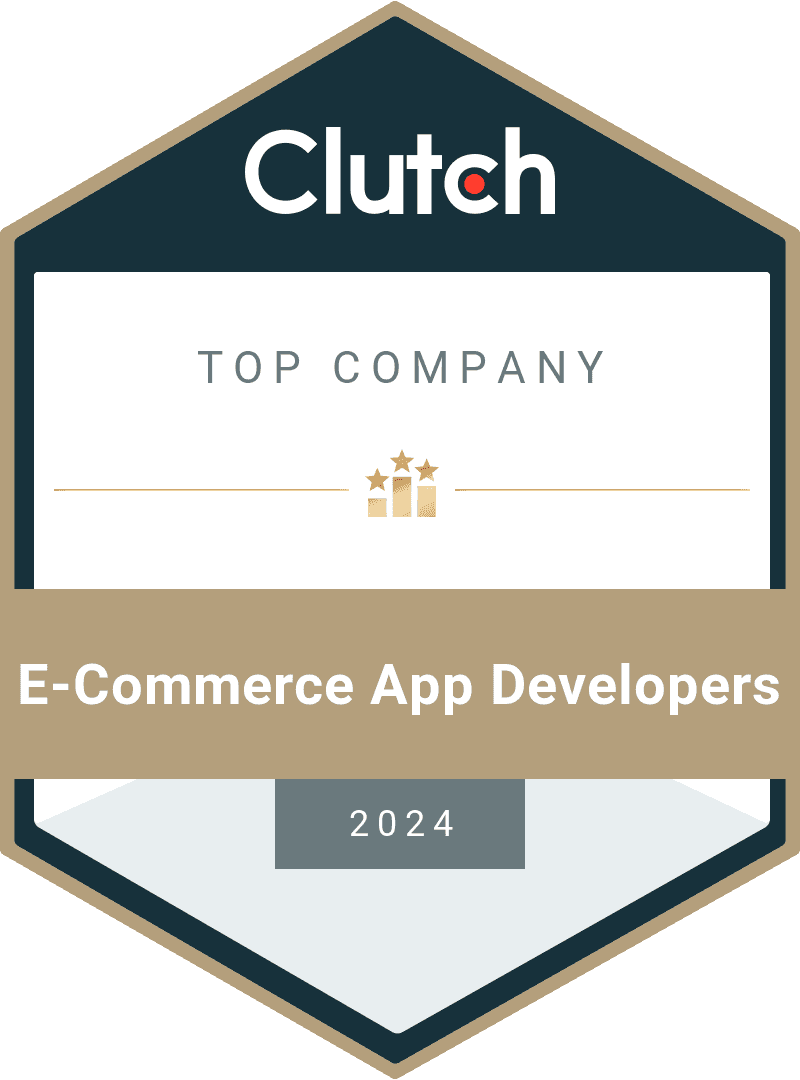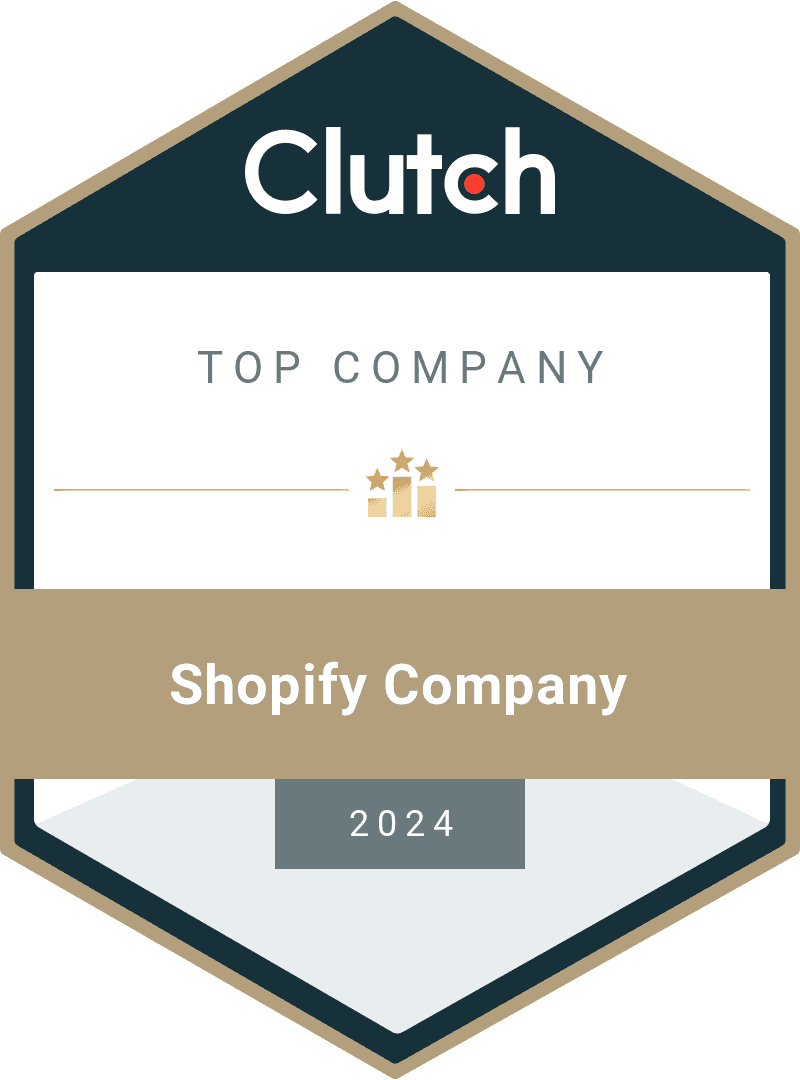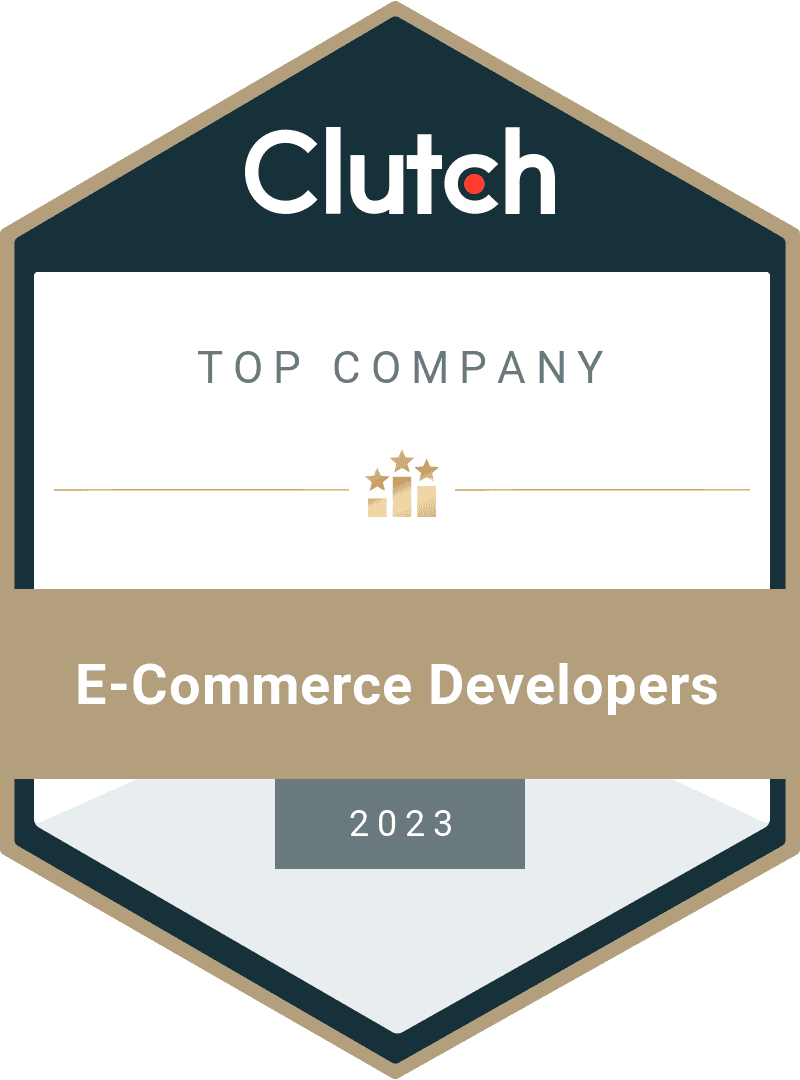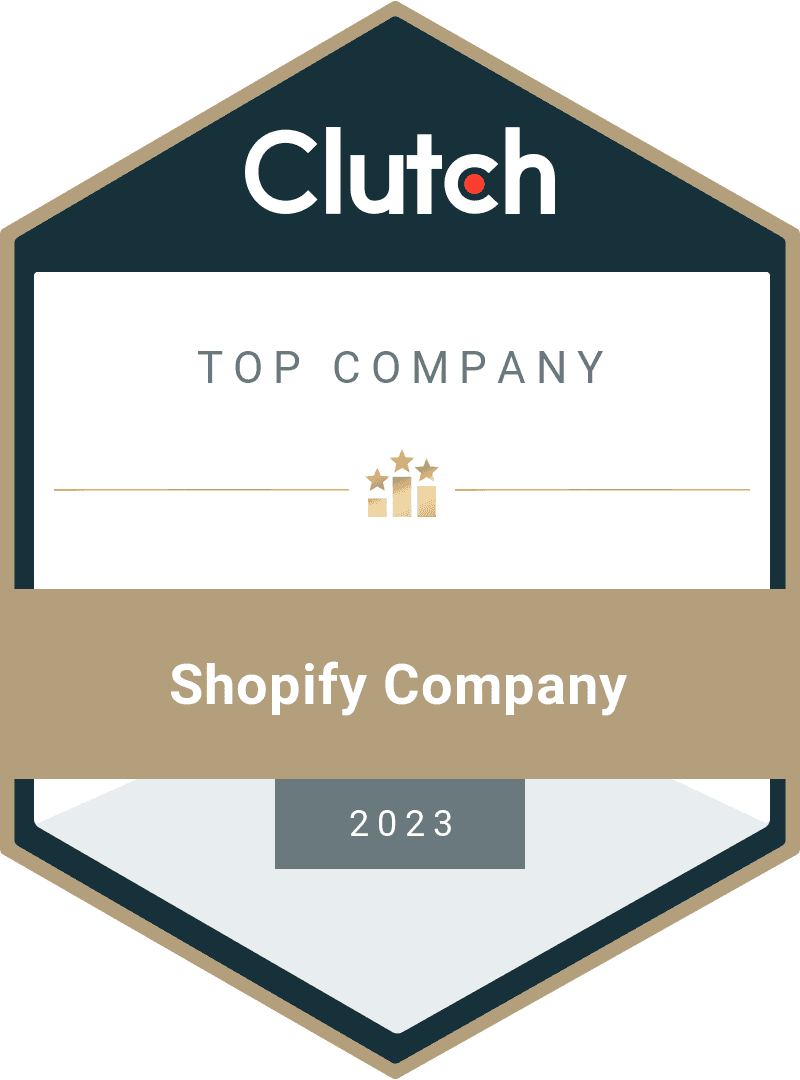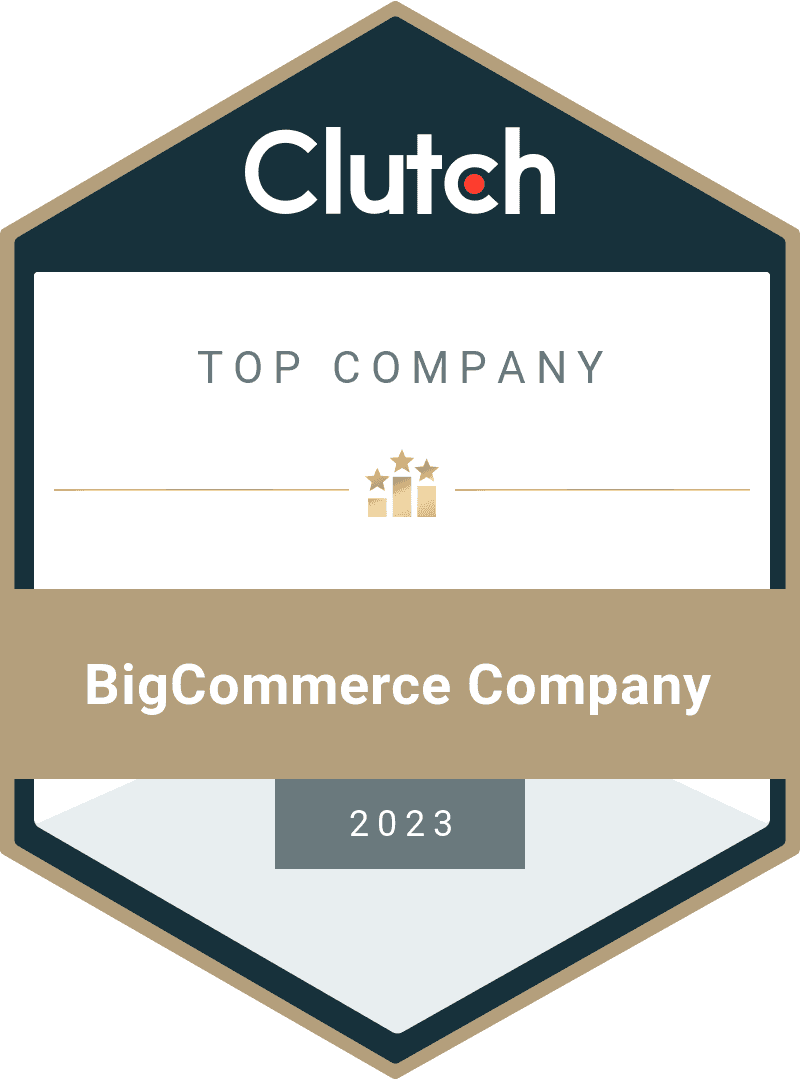We continue to develop our indoor positioning and navigation system https://uplanet.biz/indoor-navigation in a new direction - indoor tracking.
It is obvious that navigation at exhibitions is not in demand due to Covid-19. But requests on tracking objects indoors are still relevant.
How indoor tracking works.
The room is equipped with iBeacon sensors. A special device is placed on the tracked object. Dimensions of the device are near 30х20х10 mm and can be produced in the form of a badge, bangle, card etc, as well as embedded in the object. See image:
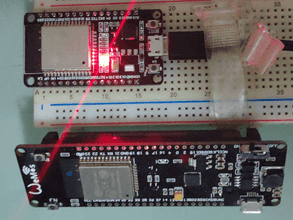
Movements of the object are recorded on our server and are processed further.
Notifications can be sent in cases when the object gets in a certain area, leaves current area, in case of monitoring its routes and so on.
One of the areas where indoor tracking can be applied - shopping mall, grocery stores. Supposed case of using the system is described below.
Shopping mall is equipped with iBeacons. Our devices are integrated into the carts.
Today, every shopping mall has an application with a loyalty program and offers. It is obvious that shopping malls have databases of visitors.
It will be enough for our system if the identifier of the user is sent from the application of the mall to our server. Please notice, we need non-personal data. No need to send such data about users like name, date of birth and so on.
Further, when the visitor takes a shopping cart and moves through the shopping mall, we track his movements in the location, gather statistics about their movements on the server for further marketing analysis.
Then we provide statistical data to marketing specialists with agreed frequency, let’s say, one time a week.
Example: During the week the user with ID: 1111 spent 50% of time in the shopping mall in the household chemicals area, 20% in the butchery etc.
Such statistics will provide a huge amount of information about the customer's interests, and most important, his wishes. This statistics, based on what the customer has already bought, will be added with the information about what this person probably wants or will buy in the nearest future.
For instance, a pregnant woman regularly visits an area with children's products but does not purchase anything. According to statistics of her visits to the area it is possible to set a pregnancy status with a certain probability, that will provide the shopping mall an opportunity to target ads for this visitor in an appropriate way.
Another example, a visitor is going to buy a TV and is looking out for it. This fact can be predicted with high probability, it is possible to press them with targeted advertising and make an upsale of related products - audio systems, TV consoles, shelves, mounting brackets, cables etc.
Actually, our offer is a retargeting for offline commerce. That is to say, we are able to provide an advertising technology that will make online ads directed to those users who have already interacted with products offline sticking around a shelf in a shopping mall.
Please note, we do not offer to change the current application and IT infrastructure of the shopping mall. Our system is just an add-on to the existing system. The statistics collection is done autonomously, a visitor does not need to install any third party applications.
But if shopping mall requests, it will be possible to integrate a map with navigation for visitors to the existing application.
Except the described above case indoor tracking system can be also used in other areas, for instance:
- monitoring staff’s movements;
- tracking objects in warehouse;
- monitoring the patients in hospital;
- monitoring the children in big entertainment centers etc.
Connecting retargeting to offline commerce is not just our idea and you can find a lot of information about this on the web. But if making an analysis of the competitors then you can see the following: there are iBeacon based solutions and the ones that use MAC addresses of Wi-Fi modules.
Let’s have a closer look. Considering iBeacon based solutions, we could not find the one that suggested high precision indoor positioning. All are based on the iBeacon proximity method, i.e. when push notification is sent to a smartphone if approaching to iBeacon.
Cons of this solution are impossibility to define the shelf the customer came to, and the most important - the necessity to make the customer run a mobile application when making purchases.
And solutions, based on MAC addresses of Wi-Fi modules, seems to be non operational as there is no precision and the same described above problem is present, the necessity to make customer turn on Wi-Fi on the smartphone plus the problem with getting MAC on iOS devices.
We analysed offers of the IT companies focused on the development of applications for trade centers and grocery stores. And we didn’t find any offer similar to ours.
We researched advertising channels that grocery stores and shopping malls use. And we found out the following: advertising on shopping carts, posters inside the mall or outside, on receipts, on shelves with goods, on separators on cash register tape, on sanitizers near the entrance, on TV panels and audio advertising through speakers inside.
Research of customers’ surveys showed following results:
- 68% of surveyed customers use mobile applications of retail networks;
- 71% of customers would be glad to use application to search necessary product in shop;
- 78% would like to get information about discounts and special offers.
The information is received from the report of Inmar Intelligence company, https://www.inmar.com/blog/press/68-percent-grocery-shoppers-use-retailers-mobile-app-while-shopping
Eli Lassman, head of the marketing department, which deals with small and medium business in Google in Great Britain, confirms that in the first half of 2020 year people spent 1.6 trillion hours using mobile apps.
And in the third quarter of 2020 usage of applications increased by 25% in comparison with the same period of the last year. “According to what we can see in recovering of the economy after COVID, 30% of users consider that buyer experience will never come to the previous form.
This makes it more important for retailers to use the opportunity of growth with the help of applications. Users of mobile apps spend three times more in retail networks than other customers.
As this trend will be relevant in 2021 as well, companies should set priorities in their strategy regarding mobile applications.”
According to the described above, it is obvious that retail in the current moment requires digitalization, and marketing in this field - omnichannelity.
Our solution, based on using both online and offline features, will help to increase profit sufficiently and leave competitors behind on both short and long distances.
Relevant Articles:

